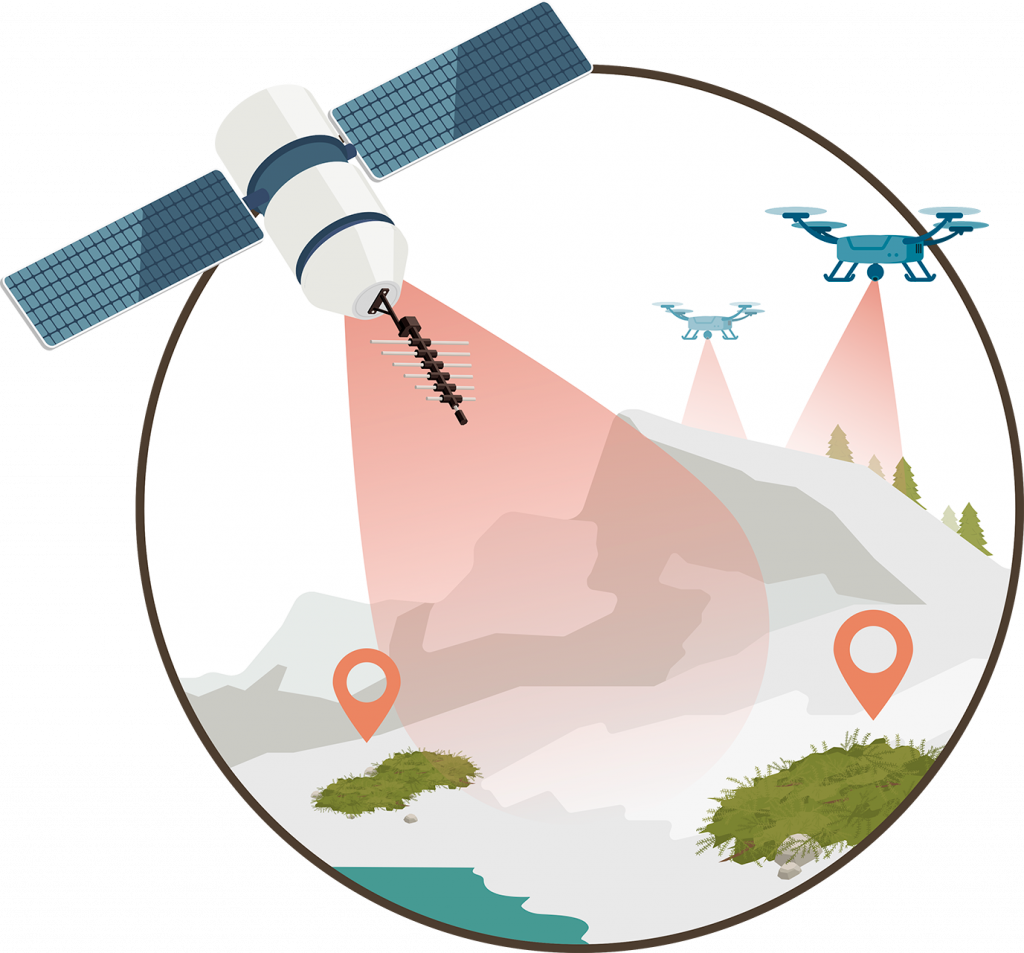
What do we do in the Satellite Remote Sensing team?
We study the natural environment using satellite images taken from space.
Using remote sensing we improve our knowledge on ecology, and on the management and conservation of biodiversity. We use time series of satellite images of Sierra Nevada to pursue the goals of our team.
Our group collaborates with other teams in the Smart Ecomountains framework to pursue common goals.

Learn more about how we use remote sensing!
Our goals are listed below:
Learn more about how we use remote sensing!
Our goals are listed below:
Descubre como la salud de los ríos empeora debido a la actividad humana.
Desde su nacimiento en la cabecera de los valles glaciares de Sierra Nevada, el estado de los ríos empeora debido a la actividad humana.
Rotate
What have we achieved?
Thanks to remote sensing we may study the natural environment anywhere in the world and by automated means.
The use of remote sensing has enabled us to collect data more easily, considering that sampling in several places is impossible, difficult, or very expensive from an economic point of view. Besides, it has enabled us to study large areas and long time periods. In this way, we have managed to make data collection automatic, and this helps us perform a more thorough follow-up of our surroundings.
What have we achieved?
Thanks to remote sensing we may study the natural environment anywhere in the world and by automated means.
The use of remote sensing has enabled us to collect data more easily, considering that sampling in several places is impossible, difficult, or very expensive from an economic point of view. Besides, it has enabled us to study large areas and long time periods. In this way, we have managed to make data collection automatic, and this helps us perform a more thorough follow-up of our surroundings.

Data generated by the team
Learn more about the data we are currently generating- Estimation of photosynthetic pigments in high-mountain lakes.
- Pasture production model.
- Ecosystem Functional Attributes,Types and Diversity.
- Post-fire legacies management and snow cover.
- Automated mapping of high-mountain shrubs
(Juniperus). - LULC abundance estimation of Andalucia (satellite RGB imagery) Read article
- TimeSpec4LULC: A Smart-Global Dataset of Multi-Spectral Time Series of MODIS Terra-Aqua from 2000 to 2021 for Training Machine Learning models to perform LULC Mapping. Read article
- Sentinel2GlobalLULC: A dataset of Sentinel-2 georeferenced RGB imagery acquired between June 2015 and October 2020 annotated for global land use/land cover mapping with deep learning. Read article
- Andalusia-MSMTU: LULC mapping of Andalusia via spectral unmixing (time series). Read article

Data generated by the team
Learn more about the data we are currently generating- Estimation of photosynthetic pigments in high-mountain lakes.
- Pasture production model.
- Ecosystem Functional Attributes,Types and Diversity.
- Post-fire legacies management and snow cover.
- Automated mapping of high-mountain shrubs
(Juniperus). - LULC abundance estimation of Andalucia (satellite RGB imagery) Read article
- TimeSpec4LULC: A Smart-Global Dataset of Multi-Spectral Time Series of MODIS Terra-Aqua from 2000 to 2021 for Training Machine Learning models to perform LULC Mapping. Read article
- Sentinel2GlobalLULC: A dataset of Sentinel-2 georeferenced RGB imagery acquired between June 2015 and October 2020 annotated for global land use/land cover mapping with deep learning. Read article
- Andalusia-MSMTU: LULC mapping of Andalusia via spectral unmixing (time series). Read article





